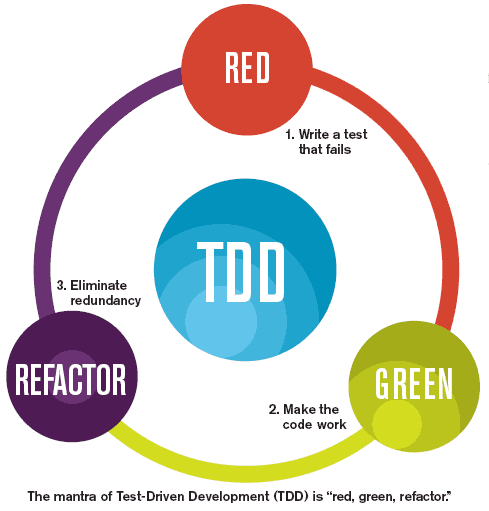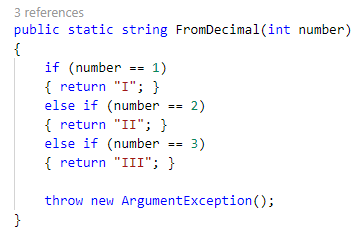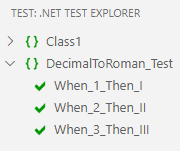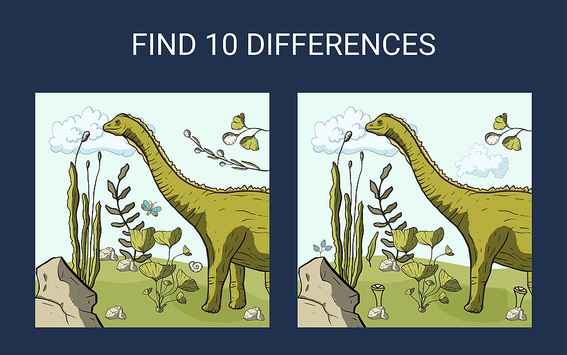What is Test Driven Development (TDD)?

Agile 101
Test Driven Development or TDD
What Is Test Driven Development (TDD)?
Test Driven Development is a process in which you write the test before you write the code. And when all tests are passing you clean your kitchen: you make the code better.
Yet, Test Driven Development Is Not About Testing
The premise behind test driven development, according to Kent Beck, is that all code should be tested and refactored continually. That sure sounds like it’s about testing, so what gives?
Well, the tests you write in TDD are not the point, but the means.
The point is that by writing tests first and striving to keep them easy to write, you’re doing three important things
-
You’re creating documentation, living, breathing, never out-of-date specifications (ie documentation).
-
You’re (re-)designing your code to make and keep it easily testable. And that makes it clean, uncomplicated, and easy to understand and change.
-
You’re creating a safety net to make changes with confidence.
So What Are the Benefits of Test Driven Development?
-
Early bug notification.
-
Easy bug diagnosis as the tests pinpoint what went wrong.
-
It improves your bus factor as knowledge isn’t just in heads and it makes onboarding new hires easier.
-
It lowers the cost of enhancements. Keeping the code clean is also how you minimize the risk of accidental complications. And that means you can maintain a constant pace in delivering value.
-
With the safety net, developers are more willing to merge their changes and pull in other developer’s changes. And, they’ll do it more often. And then trunk based development and continuous integration, delivery, and deployment can really take off.
-
It lowers the number of bugs that ‘escape’ into production and that lowers support costs.
The Surprising Reason to Use TDD
Uh, What About “Developers Should Not Write the Tests to Test Their Own Code?”
Yes, there are good reasons not to let developers write the tests to test their own code.
However, this advice applies to application level tests.
For developer level tests, getting someone else to write the tests is like hitching the horse behind the wagon.
The requirements usually are several abstraction levels above that of the code needed to implement it. So you need to think through what you need to do and how you’ll do it. Writing the tests first is an excellent, and efficient, way to do that.
And, remember, TDD is not about testing.
And Where Does Test Driven Development Fit in Agile?
Back in 1996, the C3 project team at Chrysler practiced test-first programming. “We always write unit tests before releasing any code, usually before even writing the code.” says the case study on the project titled “Chrysler Goes to “Extremes”.
Writing tests first was just one of the practices used by the C3 team. Taken together, these practices became known as eXtreme programming. Three members of that team, Kent Beck, Martin Fowler, and Ron Jeffries, were among the people that wrote and first signed the Agile Manifesto.
Test driven development is a core Agile practice. It directly supports the Agile value of “Working software over comprehensive documentation”. And does so by protecting working software with tests and creating the documentation as a natural by-product.
Nice, So How Do You Practice TDD
Src: Spec-india.com
The Cycle and Stages of TDD
-
Red phase: write a test.
-
Green phase: make the test pass by writing the code it guards.
-
Blue phase: refactor.
The Rules of TDD As Laid Down by Uncle Bob
Uncle Bob (Robert C. Martin) set out the rules of TDD in chapter 5 Test Driven Development of his book The Clean Coder.
-
You are not allowed to write any production code unless it is to make a failing unit test pass.
-
You are not allowed to write any more of a unit test than is sufficient to fail; and compilation failures are failures.
-
You are not allowed to write any more production code than is sufficient to pass the one failing unit test.
-
During the red phase (writing the test), only work on test code. A failing test is good. At least if it is the one you’re working on. All others should be green.
-
During the green phase (making the test pass), only work on production code that will make the test pass and don’t refactor anything. If the test you just wrote fails, it means your implementation needs work. If other tests fail, you broke existing functionality and need to backtrack.
-
During the blue phase (refactoring), only refactor production code and don’t make any functional changes. Any failing test means you broke existing functionality. You either haven’t completed the refactoring, or need to backtrack.
Sometimes you’ll find opportunities to refactor test code. For example when you have a bunch of separate [Fact] tests in xUnit that only differ in the arguments they pass to the method under test. You can replace these with a single [Theory] test.
My advice: don’t refactor, but add the theory and when that is in agreement with the facts, you can remove the facts.
Example of Using TDD
When you refactor, you don’t do it haphazardly. But you follow a structured process to clean up the code.
You identify code smells and apply a specific refactoring to remove it. Martin Fowler wrote the book on how to do it: Refactoring: Improving the Design of Existing Code.
The purpose of refactoring is to improve the extensibility of your code by
-
improving readability
-
making it easier to make changes
-
reducing complexity
-
improving internal architecture (object model) and making that more expressive
Why Is Practicing TDD So Hard?
-
Because you have to think about what you want your code to accomplish, and how you’ll protect it against breaking (test it).
-
Because, it has a steep learning curve. You need to learn the principles and design patterns to create clean code and how to refactor to keep it that way.
-
Because code fights back. Existing code that’s not under test catches you between a rock and a hard place. You need to refactor it to bring it under test and you need tests to refactor it. I highly recommend Working effectively with Legacy Code by Michael C. Feathers for this.
-
Because you experience the costs of TDD immediately and the cost of not doing it much later. The lure of letting it slip is strong. You know you’ll pay the price when the bug reports start flooding in. But that’s later, isn’t it?
How Can You Fail at TDD—What Are the Common Mistakes?
-
Not following the test-first approach.
-
Not refactoring all the time.
-
Writing more than one test at a time.
-
Not running tests frequently, losing out on the early feedback from them.
-
Writing tests that are slow. The whole suite should complete in minutes or even seconds.
-
Using your unit tests to do integration testing. Nothing wrong with using your unit test framework to run integration tests. But integration tests are by nature slow, so you need to put them in their own test suite.
-
Writing tests without assertions.
-
Writing tests for trivial code, such as accessors and views without logic.
-
The original text on TDD: Test Driven Development, By Example by Kent Beck.
-
Working effectively with Legacy Code by Michael C. Feathers.
-
Refactoring: Improving the Design of Existing Code by Martin Fowler.
-
The Art of Unit Testing: With Examples in c# by Roy Osherove
-
Growing Object-Oriented Software, Guided by Tests by Steve Freeman
-
Clean Code: A Handbook of Agile Software Craftsmanship by Robert C. Martin (Uncle Bob)
-
The Clean Coder: A Code of Conduct for Professional Programmers by Robert C. Martin (Uncle Bob)
-
Both employ test-first approaches, but are not about testing.
-
BDD is about improving collaboration and communication between developers, testers, and business professionals. To ensure software meets both business objectives and customer requirements.
-
TDD is about design and specifications at the code level.
-
BDD works at the application and requirements level. TDD focuses on the level of the code that implements those requirements.
-
TDD is, or can be used as the “Make tests pass” phase of BDD.
-
In TDD you can, but don’t need to, use techniques from BDD down to the smallest level of abstraction.
-
BDD doesn’t have a refactor phase like TDD.
Don’t Wait, Go After Your Bed of Roses
Check out Nimble Now!
Humanize Work. And be Nimble!





















